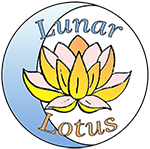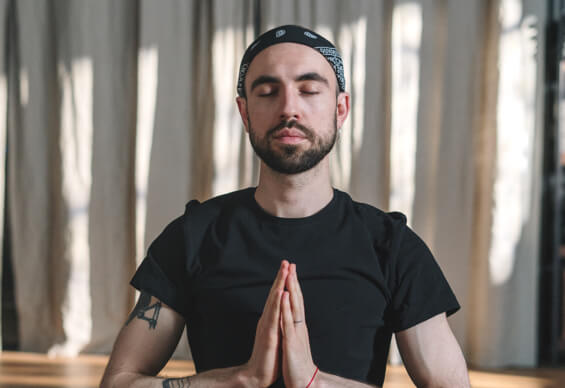In high school psychology we learned about Pavlov and his dogs. Unfamiliar?
By ringing a bell every time he fed the dog, he taught the dog’s brain to associate the sound of the bell with food. So much so, that the dogs would start drooling at the sound of the bell even when there was no food.
Then he tried un-ringing that bell, so to speak. By presenting the sound of the bell with no food enough times, the dog’s brain learned that the two actions were no longer associated.
This is known in the realm of healing as ‘uncoupling.’ No, I’m not talking about the new buzzword for a conscious divorce or ending of a romantic partnership; instead, I am discussing the end of a different kind of relationship.
Disassociating from old programming that has been so ingrained in your life, that you don’t even realize that it’s no longer serving you.
This process does not take place overnight. Don’t get me wrong, many people have epiphanies when doing deep work. But the execution of reprogramming years of experience takes time and repetition..
A great example of this is Cognitive Behavioral Therapy or CBT. Under the guidance of a trained therapist, one can learn to pause automatic programming in its tracks, to make room for one’s new chosen programs to be run instead.
Many CBT techniques can be done at home with practice, but it can be very helpful to have at the very least a coach or a supportive loved one who can help you be accountable in your practices.
Like CBT, other forms of coaching or therapy work can also help you take incremental steps toward a behavior change.
CBT & the metaphor of Pavlov’s dogs
There are three main components of cognitive behavioral therapy: cognitive therapy, behavioral therapy, and mindfulness-based therapies.
The Cognitive part of CBT is challenging a programmed set of thoughts, or assumptions when they arise. This practice allows you the ability to reprogram your mind with a more positive, and often more accurate, depiction of life. It takes work, but it can leave you feeling hopeful and renewed, if you pushed past your initial resistance.
The Behavioral part can work similarly, but it is focused on behaviors as the name implies. Once the ineffective behaviors are identified, the focus becomes the learning and implementation of effective behaviors. Habit stacking is a DIY form of behavioral therapy where you learn to surround yourself with good habits on a set schedule.
Mindfulness-based therapies are the newest addition to cognitive behavioral therapy. Mindfulness is a meditation technique found in Theravada Buddhism, that directs attention to the task at hand in a focused, non-judgmental fashion. For example, rather than thinking about the chore that is ‘doing the dishes’ you can instead focus on the sensations of the warm water on your hands, the sound of the sloshing, the rainbow on the edge of the bubbles.
How We Can Help
We believe that a person’s entire system needs to be included in the education and training, when learning to protect one’s self. After all, the entire person interacts as a whole when faced with stressful or traumatic experiences.
Because of this, we combine a unique blend of many realms of Health and Wellness, including:
- Empowerment Coaching
- Collaborative Learning
- Breathwork (Pranayama)
- Training the Central Nervous System (fight/flight/freeze response)
- Mindfulness Techniques
- Body Mind Education and Connection
- Downloadable Meditations
Feel free to reach out with any questions, or
Schedule Your Free Consultation Call
How a psychologist can help
If you continue to feel overwhelmed, consult with a psychologist or other licensed mental health professional who can help you learn how to control your stressful emotions. He or she can help you identify problem areas and then develop an action plan for changing them.
**Disclosure: This blog is not meant to be a replacement for professional/licensed therapy.
Many people enjoy the DIY of mental health, but almost everyone needs support at one time or another, and no one should feel alone in their pain.
While almost anything can be found on the internet, if you’re in need of professional help do not hesitate to contact a licensed therapist.






Thank you so much for the wonderful news! I look forward to visiting the temple and your yoga center